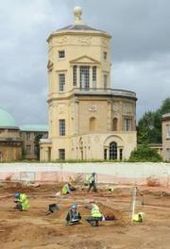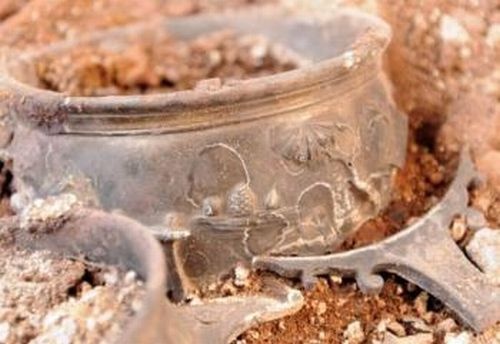
© NASAThis enhanced-color view was created with a statistical technique that highlights subtle color variations seen in the 11 filters of MESSENGER's wide-angle camera. The colors are often related to the composition of underlying material material.
The MESSENGER spacecraft's third flyby of the planet Mercury has given scientists, for the first time, an almost complete view of the planet's surface and revealed some dramatic changes in Mercury's comet-like tail.
"The new images remind us that Mercury continues to hold surprises," says Sean Solomon, principal investigator for the mission and director of the Department of Terrestrial Magnetism at the Carnegie Institution of Washington.
The probe flew by Mercury on Sept. 29th, executing a critical gravity assist maneuver designed to help MESSENGER enter Mercury-orbit in 2011. Despite shutting down temporarily because of a power system switchover during a solar eclipse, the spacecraft's cameras and instruments revealed 6 percent of the planet's surface never before seen at close range.
The bright region in the upper-right corner of the image surrounds a suspected explosive volcanic vent. The 290-km-diameter double-ring basin near the bottom of the image has a smooth interior that may be the result of effusive volcanism.



